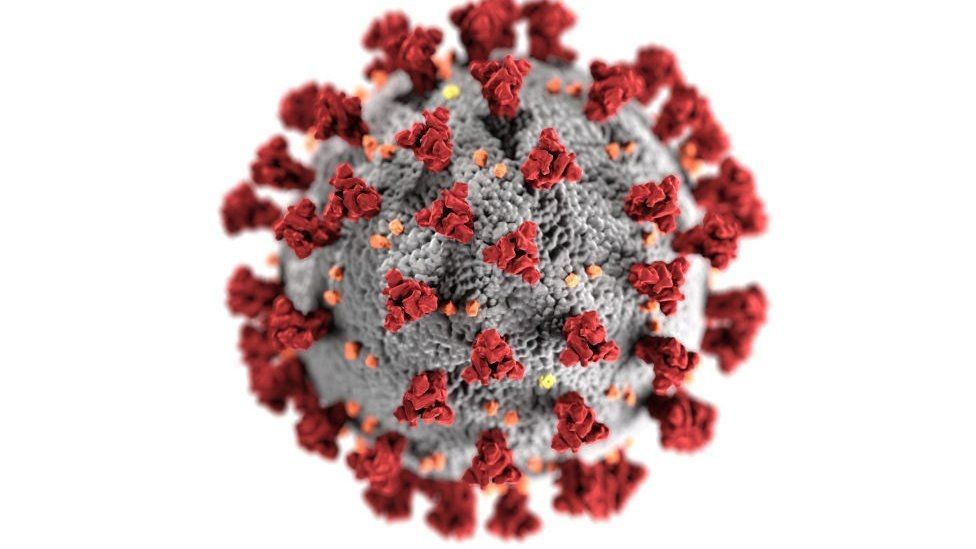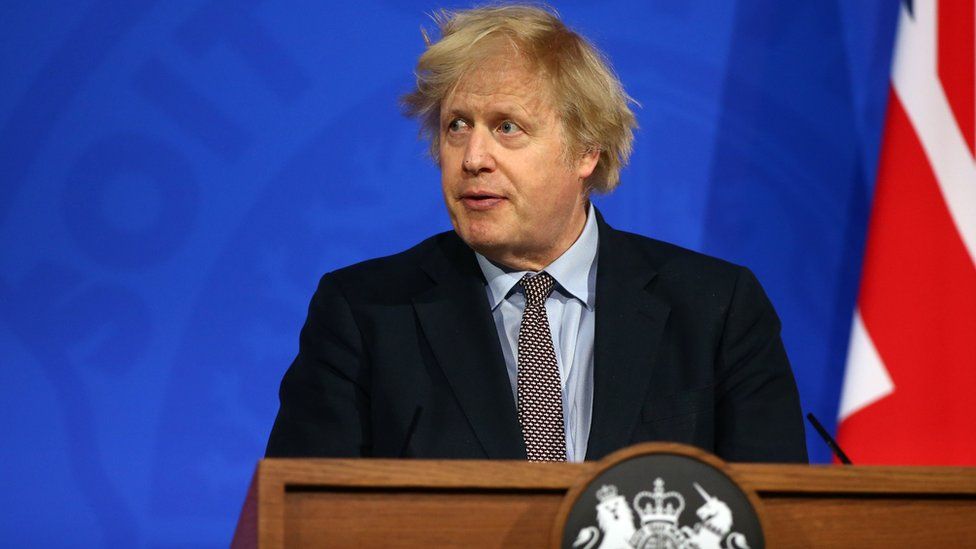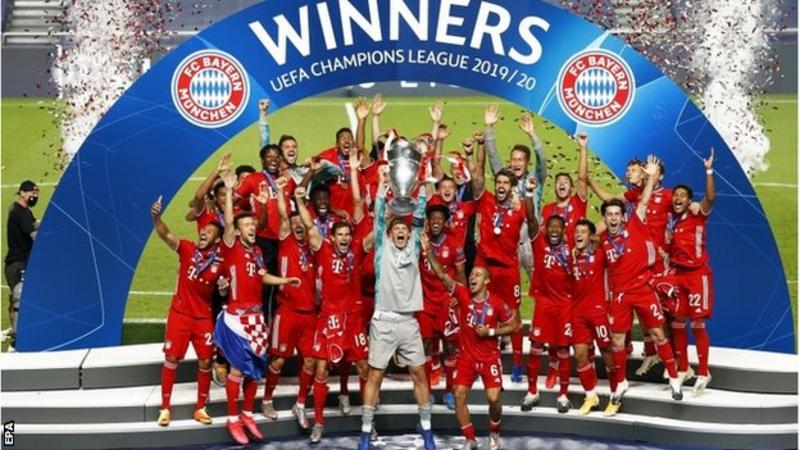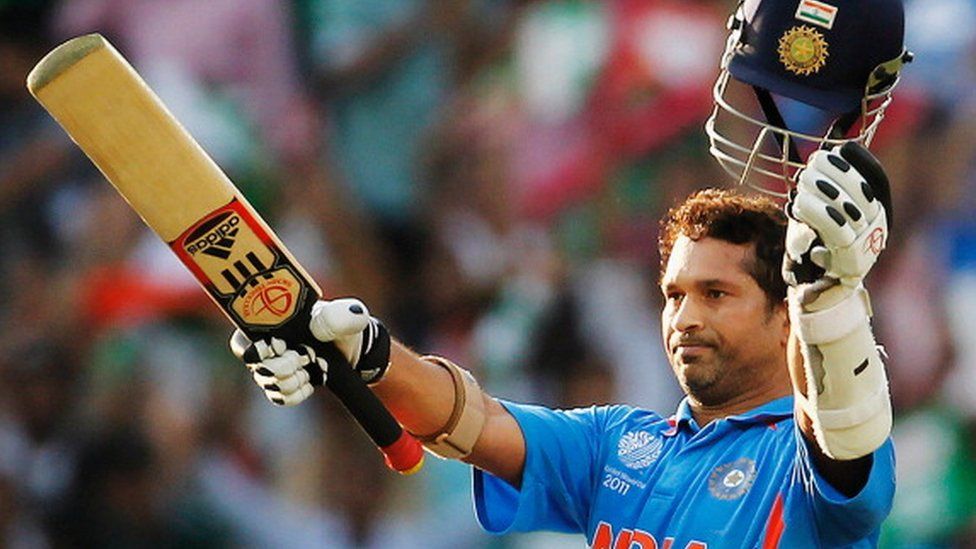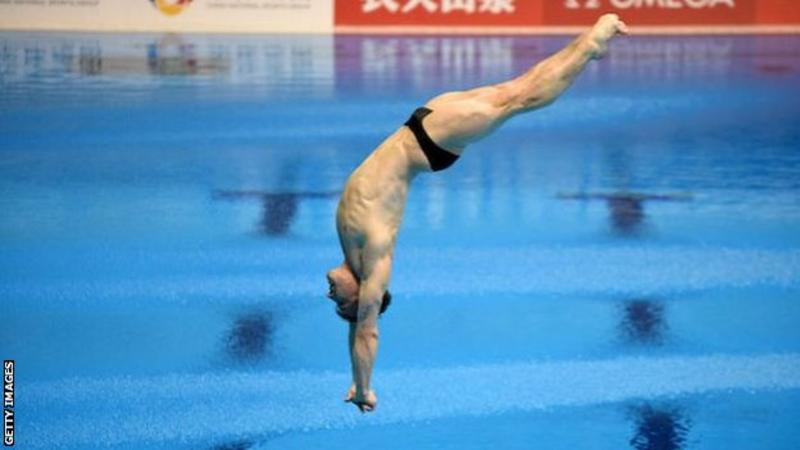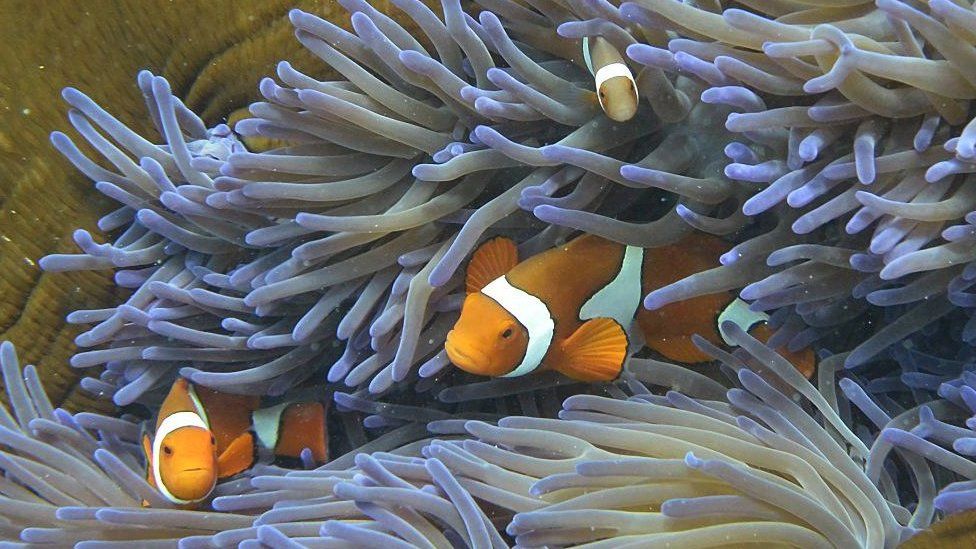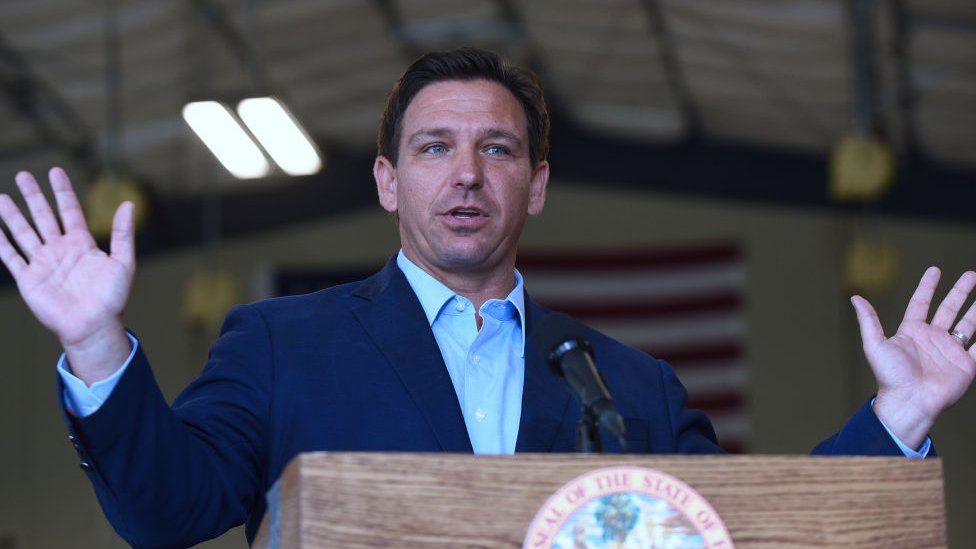More than half of Indian adults have had first jab

London, Aug. 27: More than half of India's eligible population - some 473 million people - have received at least one dose of a Covid vaccine, official data says.
India has been ramping up its vaccination drive as it races to stave off the third wave of infections. It has so far given more than 610 million doses of three approved vaccines - Covishield, Covaxin and Sputnik V.
The government aims to vaccinate all Indians by the end of this year. India took 19 days to administer the last 100 million doses, compared to 85 days to give the first 100 million jabs, the government said.
But only about 15 per cent of eligible adults have been fully vaccinated since the beginning of the drive-in January. Regional disparities persist as well with larger and poorer states lagging behind smaller and richer states.
India has reported more than 32 million Covid cases, second only to the US. The country is also only the third in the world to record more than 400,000 deaths - behind the US and Brazil.
How is India's rollout going?
Since 16 January, India has administered more than 610 million doses.
Some 473 million people have received the first dose and another 138 million or so have received both doses so far.

Since 16 January, India has administered more than 610 million doses, GETTY IMAGES
India has been giving 5.3 million jabs daily on an average for about a month now, according to Dr Rijo M John, a health economist.
"This daily average is far from what is required to finish the drive of this year. I don't see the target of vaccinating all adults by this year-end materialising," Dr John told the BBC.
Experts say India needs to administer more than 10 million doses a day to fully inoculate all eligible adults by the end of this year.
Much will depend on levels of vaccine hesitancy and the availability of doses in the coming months. "The major roadblock will continue to supply itself for the foreseeable future," Dr John said.
India's daily case count has been dropping - it has been reporting less than 40,000 new daily cases in the past month and most of them from the southern state of Kerala.
But doctors say that a third wave is likely given that the country has fully reopened even as the threat of new variants looms large.
While the vaccination drive has gained momentum, experts worry about a gender gap - government data shows 6 per cent fewer women are getting vaccinated. This is especially true in rural India where women have limited access to the internet and are hesitant or scared to take the vaccine.
Although a higher number of doses are being administered daily in rural areas, the share of the population being vaccinated in urban areas is still greater.

Experts warn of a third wave amid as restrictions are eased, GETTY IMAGES
Most countries, especially those in the developing world, have struggled to access vaccines - a challenge that India, as the world's largest vaccine maker, didn't expect to face.
But Prime Minister Narendra Modi's government didn't place orders from vaccine makers early enough - and a devastating second wave in April pushed them to expand the drive too quickly to the entire adult population, which is nearly a billion.
In June, the government told the Supreme Court that 1.35 billion doses will become available between August and December. It would take about 1.8 billion doses to vaccinate all eligible adults in India.
Which vaccines is India using?
India is using three vaccines - the Oxford-AstraZeneca jab, known locally as Covishield; Covaxin by Indian firm Bharat Biotech; and Russian-made Sputnik V.

Eligible people can book their jabs online or walk into centres, EPA
India recently gave a boost to its vaccination programme by approving its first vaccine for those under 18.
The three-dose ZyCoV-D vaccine prevented symptomatic disease in 66 per cent of those vaccinated, according to an interim study quoted by the vaccine maker Cadila Healthcare. The ZyCoV-D vaccine is also the world's first DNA vaccine against Covid-19.
The government has also authorised Indian pharma company Cipla to import Moderna's vaccine, which has shown nearly 95 per cent efficacy against Covid-19. But it's not clear yet how many doses will be made available to India.
Several more vaccines are in various stages of approval.
Vaccination is voluntary. More than 57,000 centres, mostly state-run, are offering jabs, but people can also pay for a dose at private facilities.
The government is spending around $5bn to provide free doses at state-run clinics, public health centres and hospitals.
Have there been 'adverse events' after vaccination?
People can experience side effects from vaccines.
India has a 34-year-old surveillance programme for monitoring "adverse events" following immunisation. Experts say a failure to transparently report such incidents could lead to fear-mongering around vaccines.

People queue up for jabs at a centre in Mumbai, EPA
India has reported more than 23,000 "adverse events" after vaccination as of 17 May. Most of them were classified as "minor" - anxiety, vertigo, giddiness, dizziness, fever and pain.
It also examined 700 cases of "severe adverse events" and reported 488 deaths until mid-June.
But the government said this did not mean they were due to vaccination, adding that "the risk of dying following vaccination is negligible compared to the known risk of dying due to Covid-19 disease".
Recent News

Do not make expressions casting dout on election: EC
14 Apr, 2022
CM Bhatta says may New Year 2079 BS inspire positive thinking
14 Apr, 2022
Three new cases, 44 recoveries in 24 hours
14 Apr, 2022
689 climbers of 84 teams so far acquire permits for climbing various peaks this spring season
14 Apr, 2022
How the rising cost of living crisis is impacting Nepal
14 Apr, 2022
US military confirms an interstellar meteor collided with Earth
14 Apr, 2022
Valneva Covid vaccine approved for use in UK
14 Apr, 2022
Chair Prachanda highlights need of unity among Maoist, Communist forces
14 Apr, 2022
Ranbir Kapoor and Alia Bhatt: Bollywood toasts star couple on wedding
14 Apr, 2022
President Bhandari confers decorations (Photo Feature)
14 Apr, 2022


